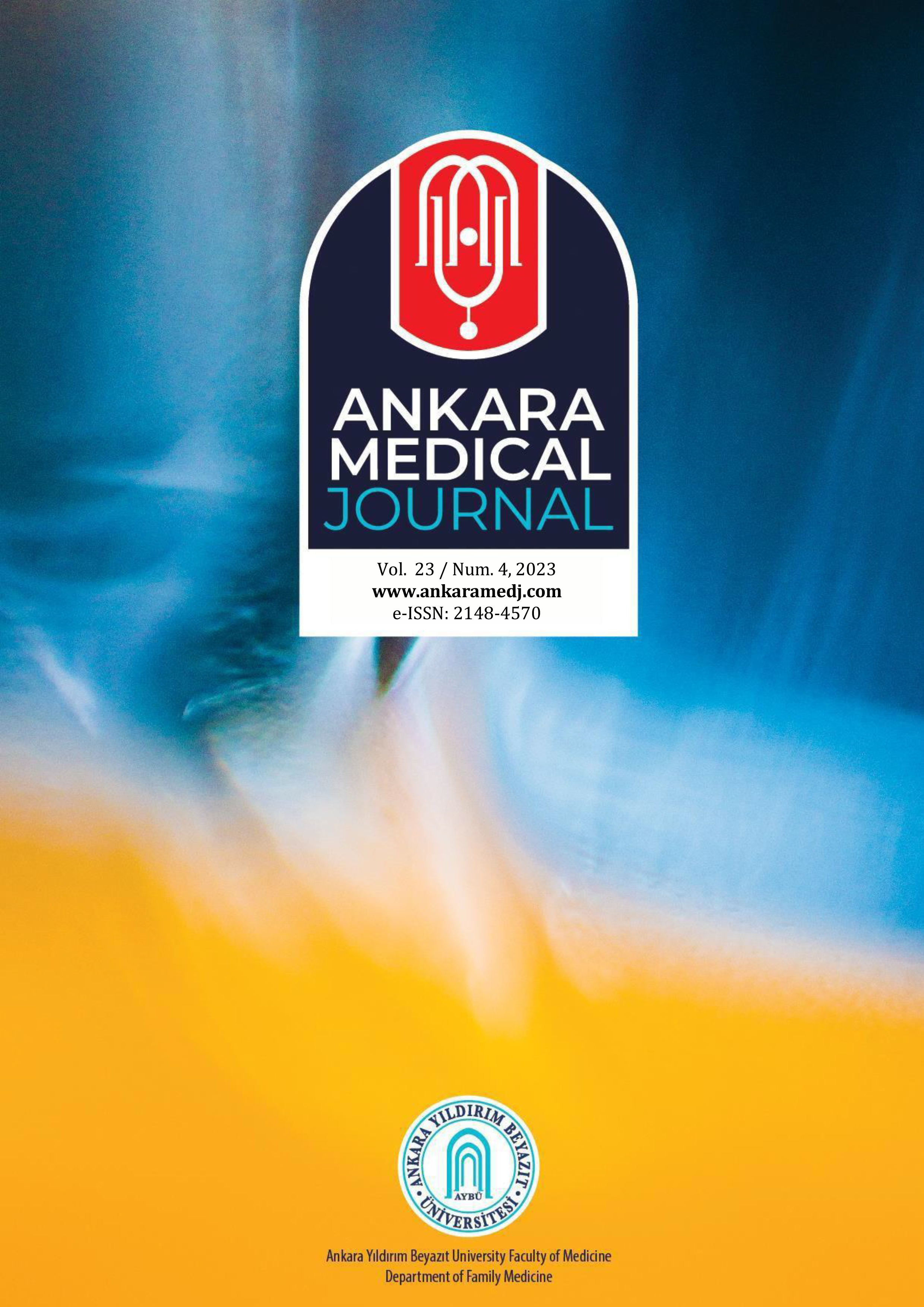Historical aspects of non-alcoholic fatty liver disease: studies and classifications
Alla Kireeva1, Natalia Konyshko21Moscow Clinical Scientific Center named after A.S. Loginov, Moscow, Russia2First Sechenov Moscow State Medical University, Ministry of Public Health of the Russian Federation (Sechenov University), Moscow, Russia
Non-alcoholic fatty liver disease (NAFLD) is one of the most common liver diseases worldwide and is currently the second leading indication for liver transplantation. The global obesity pandemic is linked to metabolic syndrome, so the prevalence of NAFLD will increase progressively and become a real burden on the economy and public health worldwide. Assuming that assessment of the history of a disease can improve clinical practice and provide efficient clues for research, the aim of this article is to review the background of nonalcoholic fatty liver disease (NAFLD) in adults and children. We have reviewed the evolution of the definition and classification of NAFLD as a distinct nosological form and started our consideration with the year 1836. The review performed covers the first guidelines issued by the scientific community throughout current clinical guidelines. We have also considered diseases associated with this pathology, from early steps to more recent studies confirming that NAFLD is a risk factor for cardiovascular disease, hepatocellular carcinoma, and other malignancies. This article discloses current differences in the International Classification of Diseases (ICD) 10 and ICD 11. In the updated ICD 11th revision, NAFLD is presented as a separate heading (DB92 - nonalcoholic fatty liver disease), which is closer to modern nomenclature. This classification allows a better understanding of research and clinical approaches to the diagnosis, treatment, and prevention of the disease.
Keywords: Non-alcoholic fatty liver disease, liver steatosis, obesity, metabolic syndrome.Makale Dili: İngilizce
(854 kere indirildi)





